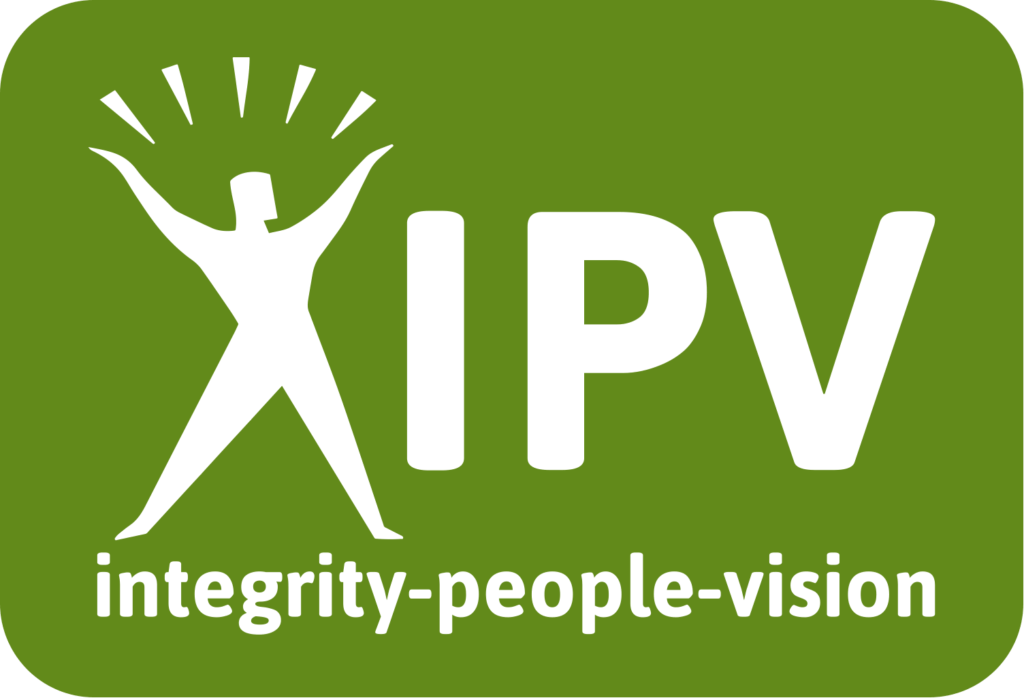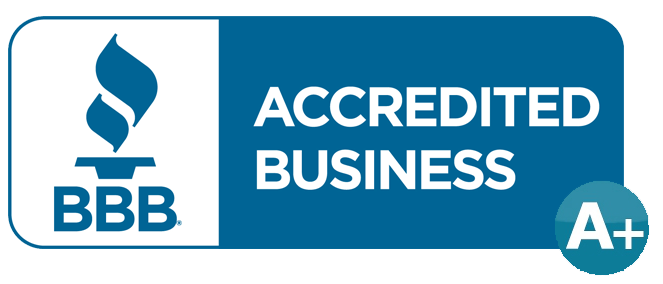Despite the argument that we have become a socially inept society with all the tech trends, social media and device centered relationships, the methods that work best to install, train, motivate and produce results in our teams have not changed. What has changed is the use of devices and methods now available.
Over the past 5 years, we have seen an increase in awareness of employee engagement vs. old school corporate dictatorship in the workplace. In fact, “Employee Engagement” are the new buzz words and they are continuing to play a large role in how we manage our people.
Interestingly, this is not a new style of leading but rather a wakeup call for something that has become all too passé and, as a result has created a pandemic in employee dissatisfaction, low morale and high turnover. In light of all this, we can expect an increase in 2014 of more recognition in many work environments. This has already become evident in well-known organizations that are succeeding with this value instilling method of treating employees. Just to name a few, Hobby Lobby, Google and other well-known companies have proven that people operate much more effectively when they are allowed to be engaged and are clearly appreciated for their contributions.
Today’s trends are reflecting a higher percentage of employers that are instituting interactive training sessions instead of lectures, and motivation techniques instead of pink slips. In addition, they are learning to open their doors to more ideas from the rock pit. Cutting edge concepts for people building now offer the use of mobile device programs that induce interactivity and team building exercise with a fun and effective platform. In addition, there are web programs that can induce the same result.

However, we still have a long way to go. Gallup poll reports the numbers of disengaged employees far outnumber those who are engaged, with a whopping 71 percent of employees who are either actively disengaged or mentally checked out while on the job. So what can be done about a statistic that is costing Corporate America over $450 billion per year? There are many solutions available, some requiring monetary investment and some costing you nothing except for a little creative management and some verbal effort. (Which means you may need to get rid of some politics and bean counting).
To discover effective tools and concepts that can develop an atmosphere of higher productivity, less turnover,
and stronger teams, watch for my next newsletter on “Building People – Building Teams in West Michigan.”





